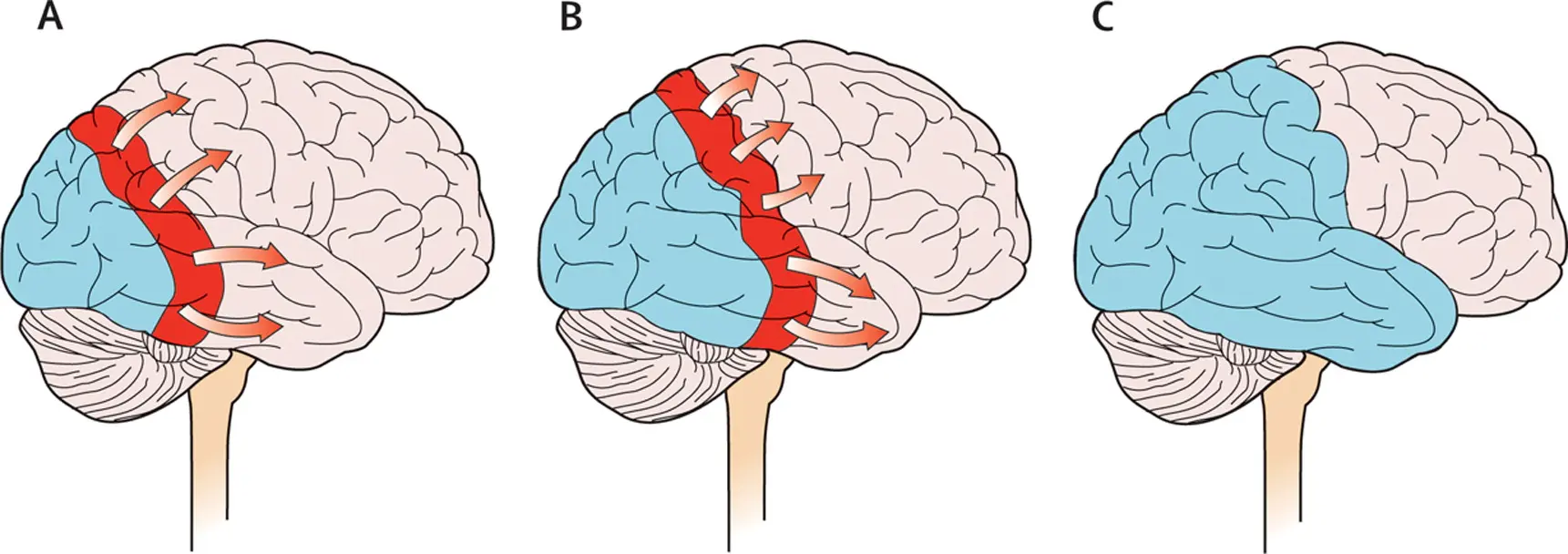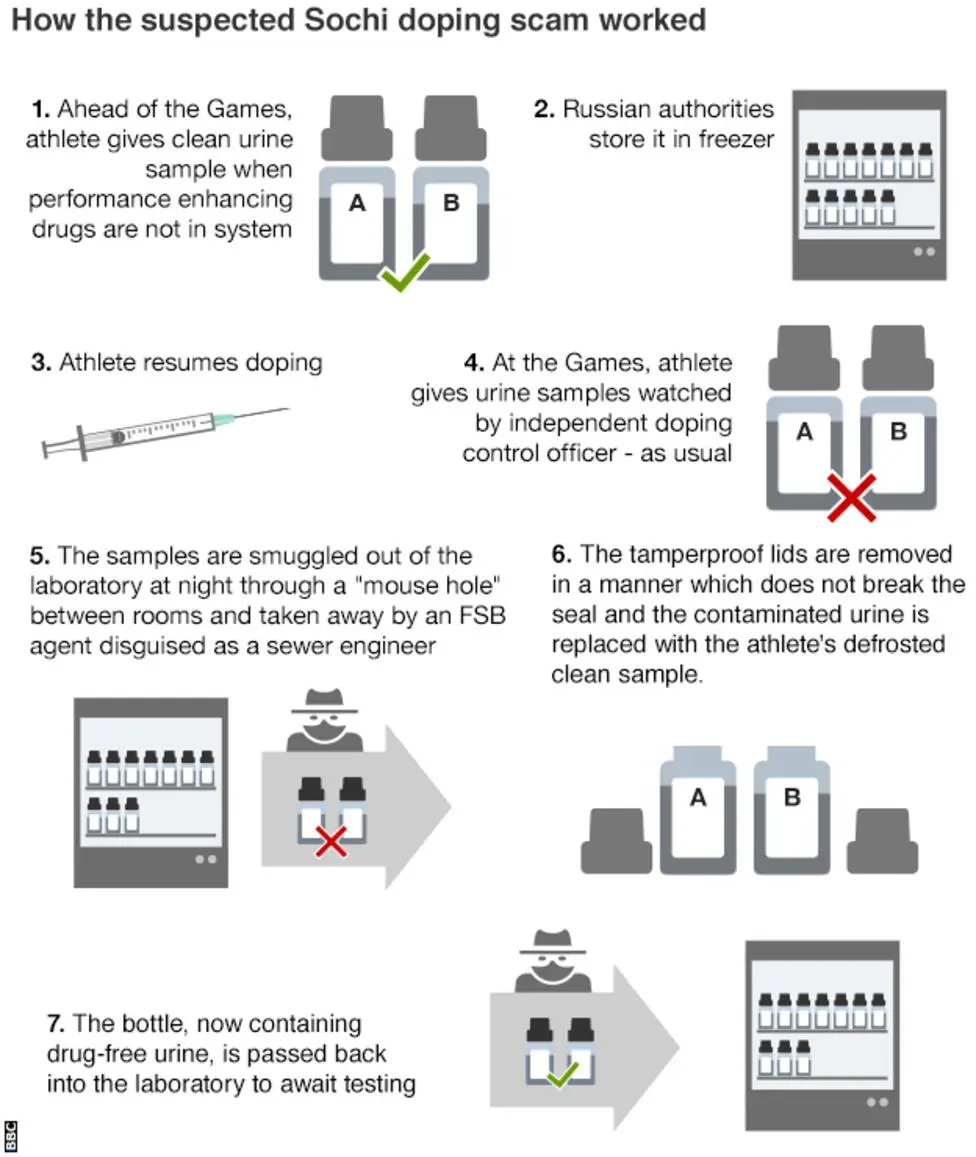

Absolutely, and they don’t have to look the same for sure, or even involve visual parts of the brain at all for some people. I don’t get them, but I think the various illustrations of them are quite interesting.


Absolutely, and they don’t have to look the same for sure, or even involve visual parts of the brain at all for some people. I don’t get them, but I think the various illustrations of them are quite interesting.


Brain blackout is kind of a dramatic word. I’m pretty sure the article is trying to refer to cortical spreading depression.
https://www.nature.com/articles/nrneurol.2013.192
This is a wave of decreased activity going across the brain. It’s not the whole brain though, just a portion, and it tends to happen more often in the posterior brain than anterior. That’s why visual and other sensory auras (posterior brain) auras are more common than motor/weakness auras (anterior brain). The visual aura itself is the spreading wave of decreased activity going across the brain. It happens in primary visual cortex, primarily dealing with lines and colors. Visual space is represented radially on the brain, so it can often be circular. The “fortifications” or lines on the edges some people see come from the fact that it’s neurons that deal with line detection. Pain usually follows shortly after, but we aren’t exactly sure how that works, and this article was posing a possible mechanism to help link these. The main bulk of the visual aura where it’s grey, blurry, and indistinct is the decreased activity itself in the visual cortex. The area can get larger as the wave spreads.
Deja vu or jamais vu have been reported with migraines, though that’s a very rare aura in comparison. It’s all depending on what parts of the brain are involved with the cortical spreading depression for that migraine aura for that person in terms of what symptom will happen. Deja vu would be more temporal lobe. Temporal lobe is the most common localization for focal epilepsies. So deja vu as a symptom of a neurologic disease would more commonly be seen with seizures (focal seizures are sometimes called auras too, which gets confusing but are inherently different from what is happening in a migraine). But don’t worry, most deja vu is nothing to worry about.




They do leave the body over time, but the half life is very long, like 3-10 years depending on the specific one.
Blood levels of many of them have fallen a lot since the year 2000ish as some were phased out, though of course there’s dangers of more being made.
https://www.atsdr.cdc.gov/pfas/health-effects/us-population.html
There’s also new rules going in effect 2025 to require them to be removed from tap water if present, using a different process called ion exchange. The method described in the article is a way of destroying them once they’re removed, so a way to treat high pfa level waste basically.
https://www.atsdr.cdc.gov/pfas/health-effects/us-population.html
Horrible how multiple companies like 3M and Dupont were covering up their dangers for years. $10 billion doesn’t seem like nearly enough in damages.
https://time.com/6289893/3m-forever-chemical-pfas-settlement/
Especially when the costs of keeping it out of affected drinking water systems alone is expected to be $1.5 billion, per year.


And this one wasn’t even a country per se, but a company. Though NASA has some experiments they out on the craft.

There might be contracts that make it hard to remove in some cases. This tenant board had to sue to get it removed off their building in 2018:
A lot of buildings have successfully taken it off though.

I’m surprised it’s only a 5% value hit. Says a lot about the desperate state of NYC real estate though I suppose.


An annual screening mammogram is automatically covered. If it’s a “diagnostic” mammogram following up some specific issue or complaint, then it would then fall into whatever normal policy rules you have with your insurance company for imaging tests. That’s more likely the case here since this person had to go on to have an ultrasound as well.
If you have insurance but get billed for an annual screening mammogram, it’s possible it was coded improperly by billers and you should definitely check up on that before paying.


Forer’s motion will likely face legal hurdles, because the law only permits lawmakers to be expelled for racist incitement or for supporting armed struggle against Israel, and it is not clear whether Cassif’s actions meet these two conditions.
That’s quite the stretch. It would just be extra judicial facist nonsense if they actually go through with this.


Contranyms have got to be super annoying when learning another language:
https://www.dailywritingtips.com/75-contronyms-words-with-contradictory-meanings/
Not unique to English by any means, not sure if it has any more than usual for a language, but still annoying I’m sure.
I’ve never even thought about “all but” and “everything but” having basically opposite meanings. And then there’s “anything but” as well.


You’re right, there are indirect ways they get support. They are not directly funded like in many countries though. That’s not to say they don’t have considerable resources.
https://2021impactreport.teamusa.org/financials-reports-and-disclosures/financials.html#gsc.tab=0
Financial disclosures are even available online.
I was just pointing out other Olympic teams didn’t have the very centralized system of state run organization and funding like Russia had that would allow something like what Russia did to even be possible.


Posting this source which goes through some of the methodology that came out to China potentially having enough vacant real estate to house possibly as high as 3 billion people. A lot of caveats with that estimate, there’s no official data available, and it’s on the high end of a range of estimates, but seems clear they have way too much real estate either built or paid for in advance but not built (and realistically much of that money gone as these companies go under).


This is not just some random athletes doing it on their own here and there. There was (still is? Who knows) a Russian government run program to allow for doping and help their athletes evade monitoring from anti doping authorities. Likely at least 580 postive tests across 30 different sports covered up. Team USA doesn’t even get government funding, let alone a government run doping conspiracy.
https://www.bbc.com/sport/36823453



deleted by creator


“Lose weight and rejuvenate dry leg skin with this one weird trick!”


Not some home brew theory. And it is very convoluted, but it’s bascially more “one China” policy word games.
The Taiwanese president unofficially stated in 1991 they do not claim mainland China, but this was never affirmed by courts and there’s no force of law behind it. They cannot officially do this currently without greatly antagonizing China. China’s view is that Taiwan limiting its borders to include only Taiwan and not all of China, would signal the end of the “one China” policy and be a precursor to Taiwanese independence. If Tawain were to declare different national borders that include only the island itself, then China would view it as a violation of their anti secession law passed in 2005, which threatens military force in retaliation. In China’s view, they are another government still within China and still in civil war, without the authority to re-define national borders.
https://en.m.wikipedia.org/wiki/Anti-Secession_Law
Continuing to claim mainland China as part of the same country is continuing the current status quo, any deviations from that would be viewed as an attempted separation of “indivisable” China. So the claim to the mainland at this point in history is primarily to not antagonize China and continue the status quo situation.


So he’ll fit right in then.


Russia invading neighboring countries “could provoke military incidents,” NATO warns


For the United States, it’s not even just some risk of future harm. The standard is much stricter, it’s if “a provider determines that there is a serious and imminent threat of a patient physically harming self or others.” Has to be something very specific and imminent for confidentiality to be breached.
There are a few more edge cases though, for instance doctors and other healthcare workers are usually mandatory reporters by law, so if they suspect child abuse they are legally obligated to report it. Another one is for infectious disease tracking and reporting, there may also be confidentiality exceptions.


Oh absolutely, I did not mean to imply I agreed with that original poster that all Jewish people should have been forcibly emigrated to the United States or whatever bad take that was. I just thought it was bizarre they were saying “why didn’t this happen?” about Jewish people leaving for America when it literally did happen.
https://en.wikipedia.org/wiki/History_of_the_Jews_in_the_United_States
For fatigue, I’m not sure. Multiple things are happening that give rise to migraines. But fatigue is commonly reported by people before a migraine starts.
https://americanmigrainefoundation.org/resource-library/timeline-migraine-attack/